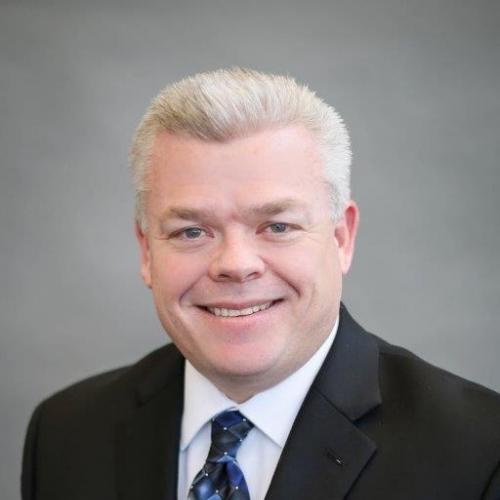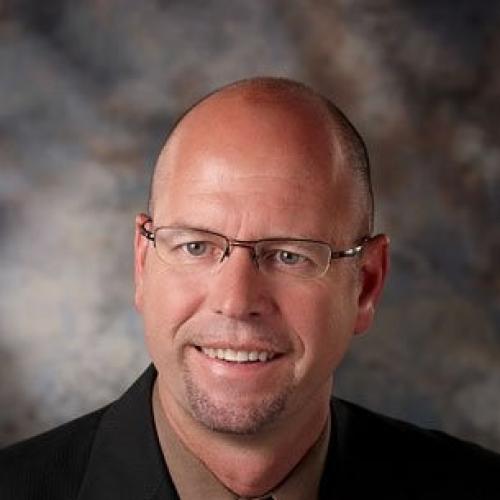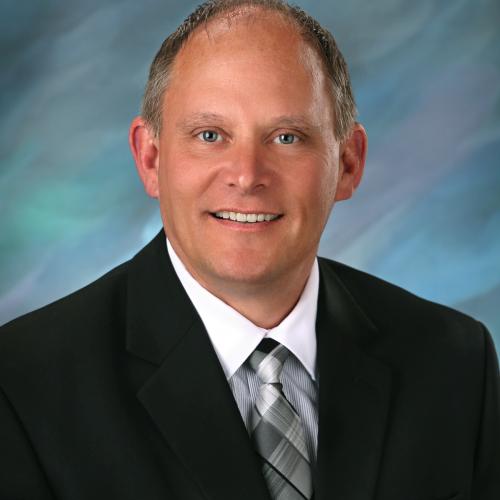October 25, 2021 - For MercyOne, digital social determinants of health screening was a clinician-led pursuit. When the Iowa-based hospital and clinic system began screening for social risk factors in 2017, its leaders were responding to pushes from providers who noted the role these factors play in overall patient health.
“We'd heard from our providers that health-related social needs are important to health outcomes. They wanted to know,” Emily Fletcher, MPH, MercyOne’s division director of Social and Clinical Care Integration, said in a phone call with PatientEngagementHIT.
MercyOne’s clinicians were right. Social determinants of health can have serious implications for patient wellness, ranging from exacerbating an existing chronic illness to leading to the development of illness, experts have found. Social determinants of health also have considerable sway over routine things like patient access to care.
Having a way to screen for those factors, MercyOne providers advocated, would be critical to enabling the health system to address them. After all, one cannot improve what one does not measure.
“But there was just that general concern of asking patients without having a dedicated resource able to assist them and help them navigate,” Fletcher noted.
Fletcher and her team began the social determinants of health screening system on paper, an admittedly imperfect system that she asserted was critical for honing the process.
“Paper was really a fantastic way to start,” Fletcher advocated. “It allowed us to make changes to the screening form. It allowed us to look at different opportunities within the clinic settings as to where to actually implement the screens. Is it asking patients during registration? Is it integrating it within the rooming process with the nurse?”
But as MercyOne perfected its screening system, Fletcher said it ran into the expected problems that come with paper-based documentation.
“The limiting factor, of course, with paper though, is it's hard to spread. We felt like it was important to have the information available to providers,” she explained. “But moving from paper to getting it into an electronic medical record of course was very manual. So paper is a great place to start, it just wasn't necessarily a long-term efficient.”
MercyOne deployed its first digital SDOH screening tool with success, streamlining the process by which it could ask patients about their social needs and integrate that information into the EHR. This was a good system for a while, Fletcher said, but when MercyOne tapped health IT vendor Phreesia for other patient intake needs, the organization sought more integration.
Phreesia also offers an SDOH screening tool, letting MercyOne streamline that process with other data collection needs, Fletcher noted.
What resulted was a well-oiled system for collecting SDOH data and flagging patients primed for social services navigation and coordination. Fletcher noted that the system was patient-facing and let MercyOne design questions that preserved patient autonomy. Soliciting SDOH information requires serious patient trust, Fletcher and her team understood, and the process needed to be underscored by patient activation.
“We ended up adding in an opt-in screen,” Fletcher noted, emphasizing the choice patients having in answering SDOH questions.
Patients now have the opportunity to fill out the screening survey at every visit—except for their first with the health system, as to avoid information overload—giving them the chance to both build a trusting relationship with the system and report new social needs as they should arise.
When MercyOne presents patients with the option to report SDOH needs, it is careful to make the patient feel empowered in that decision. Scripting on the screener tells patients about MercyOne’s commitment to whole-person care, explains what kinds of questions the screening will cover, and notes that MercyOne has the resources to take care of those needs.
That’s not to mention the digital, patient-facing part of the screener, which patients can complete at home before an appointment. This lets MercyOne prepare for any social needs and offers a sense of security for more reticent patients.
“Patients take the screening, and if they answer yes to any of the social needs questions which would be a positive screen, they have a need,” Fletcher added. “They're then asked if they want assistance or if their needs are urgent. And if they want assistance, it actually moves them to a hub that our community health worker colleagues are monitoring. And so then they're able to meet with the patient.”
Of course, there can be some small hiccups in that opt-in system, primarily that a patient with true needs will end up opting out. At baseline, it is essential to give the patient the autonomy to take that route, but Fletcher explained the healthcare organization has a few safeguards to ensure fewer patients fall through the cracks.
This is where that clinician-led push for SDOH work comes in. MercyOne’s clinicians are trained to still flag social determinants of health that come up during the patient encounter, even if the patient has not signaled needs on the screener or did not complete the screener at all.
This actually happens quite a bit, Fletcher said.
“Some days, we might have just as many, if not more, referrals from a provider than a screening,” she reported. “Part of that is because not all patients opt into the screen so they might skip it. And providers are on the lookout, of course, for any services we might offer or be able to help them with that might not necessarily have been called out on the screening.”
Once either the clinician or a screener has detected a social need, the patient interacts with MeryOne’s care navigators and community health workers to find a social service that can meet patient needs. According to Fletcher, that referral to the community health worker is the crux of the SDOH screener; MercyOne isn’t necessarily trying to flag a specific social need, they are just trying to identify patients who might benefit from working with the community health worker.
“Although, for example, there might be really great dental resources, we don't ask a question specific to dental,” she noted. “However, once we have the patient willing to partner with us, we really focus on what's most important to them at that moment. So, they might have screened positive for food, but dental care is what's most important to them so we'll focus on that and then we'll address food as well, of course, within that setting.”
Having a built out social services referral network has also been instrumental. MercyOne would not be able to do such broad SDOH screening if it did not have so many community health partnerships fitting nearly every social need, Fletcher said.
“We've been fortunate in communities to have pretty robust community-based organizations as well as public assistance programs to help patients,” she stated. “I have heard of other communities, not within our network, but other communities where they have removed screening questions because they felt like they didn't have resources available to help those patients.”
MercyOne currently has the digital SDOH screening tools set up in a few of its offices and is poised to expand. In doing so, Fletcher said the healthcare organization will be able to broaden the scope of its social determinants of health work.
“We were primarily using this tool in our Greater Des Moines area as well as North Iowa and Mason City,” Fletcher concluded. “We'll be expanding to our Siouxland Region very soon. It's already built. And so being able to now push it to additional clinics in additional communities is really pretty effortless from a tech standpoint.”



